Is it time to rethink the role for energy auditors in residential demand-side management programs?
Utility & ratepayer sponsored residential energy-efficiency programs are struggling to attract; new customers, qualified energy auditors, and qualified contractors. While there are inherent market challenges, like cheap energy & a new-construction boom scooping up all the available manpower, one of the weakest links in the overall effort is the widely accepted, all be it limited role of the energy auditor. Let’s examine the current approach and consider a new path forward, which could ultimately lead to better results….
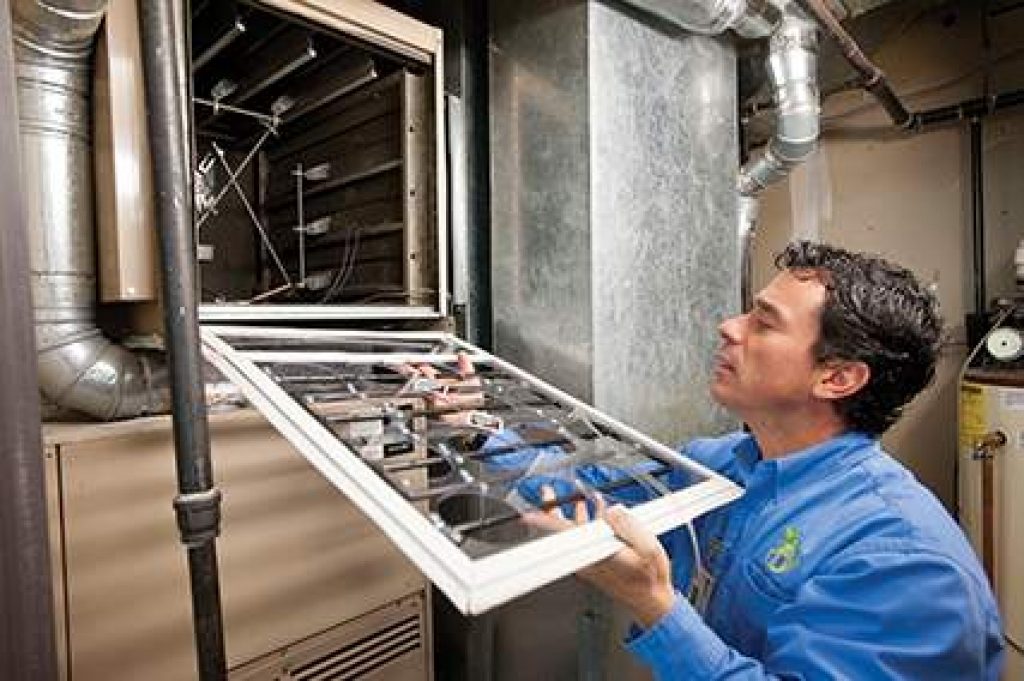
Knowledge Gap: The majority of energy auditors have very basic training. Authorized training providers will often promote their services by emphasizing these very short courses to attract students. For example, marketing materials will advertise “Become a BPI Certified Building Analysts in only 5-Days!” Over 10-years ago, I was one such newly “certified & highly-qualified” auditor. Honestly, in retrospect, I had no idea what I was doing. Meet Energy Auditor Version 1.0
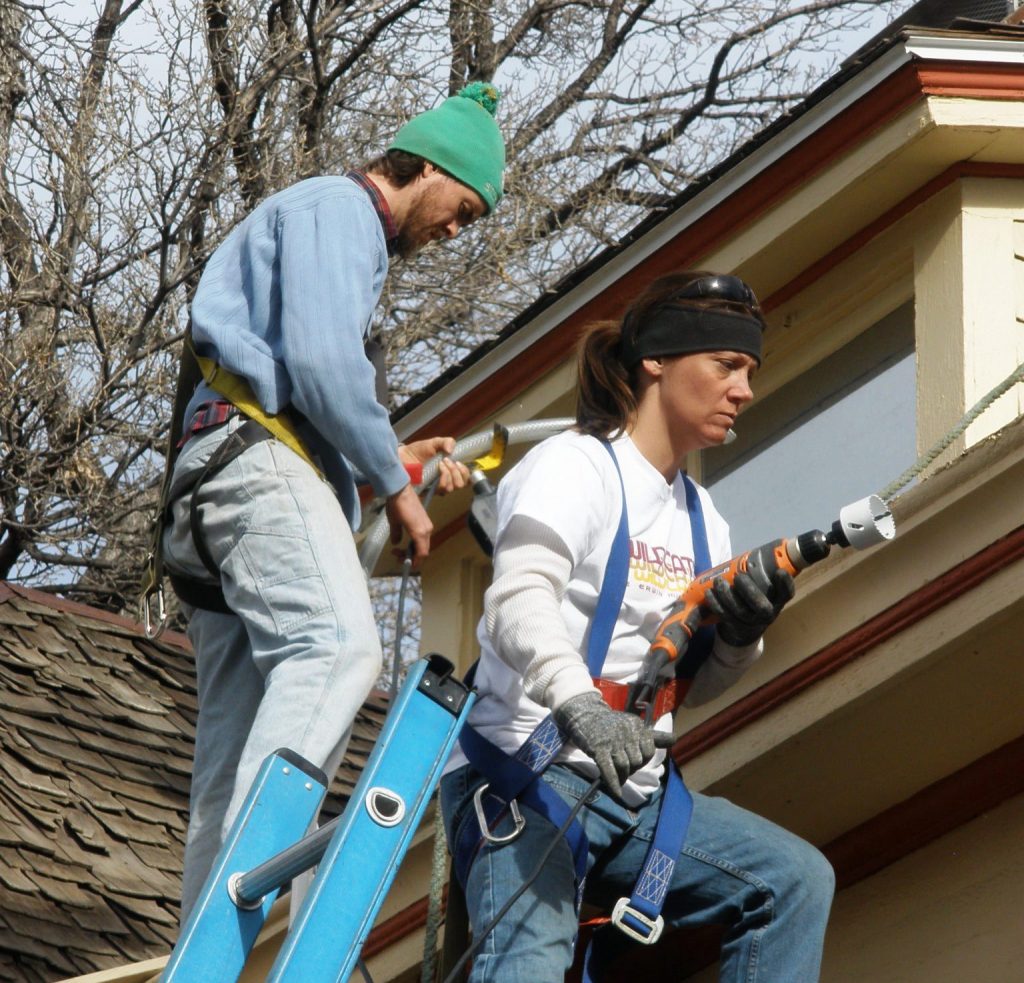
Experience Gap: The majority of energy auditors have limited experience in the specific trades related to energy efficiency, especially in HVAC. As a result, audit reports frequently suggest additional air-sealing & insulation as a default. Many auditors are searching for remedies from a very short list of simplistic solutions. Budgets are spent, but problems with efficiency & climate control often persist.
Perspective Gap: Recommendations found in the energy audit often do not match up with local contractor’s otherwise free-market based business models. Suggested EE projects may be too small w/no profit margin, or too complex for the contractor’s crews to understand & execute. Coupled with onerous procedures & paper-trail requirements, these challenges lead may to low enthusiasm levels from participating contractors. Let us remember that for contractors, “sustainability means staying in business”.

Compensation Gap: Energy-auditor pay is quite low when compared to almost any other home-improvement or building construction field. In many parts of the country, hourly pay for unskilled, “walk-on” construction labors exceeds the average pay for energy auditors. EAs may also be required to fill the role of salesman & estimator, but their income would be much higher if they were paid like other home improvement salesmen who are earning north of six-figures nowadays. These facts makes it hard to attract the experienced & motivated people needed to lead the charge in residential energy-efficiency programs.
Gratification Gap: Demand-side management programs often emphasize a high-volume of lengthy but fairly boilerplate energy audits of nominal value. Energy auditors typically have low-investment in project outcomes, because they’ll never see the home or the customer again. Nor are the financial incentives for auditors aligned with energy savings in any real way. Hence, we often get what has come to be known as the “drive-by blower door test” in place of a comprehensive high-value diagnostic evaluation.

Accountability Gap: In the effort to improve “energy audit to retrofit conversion rates”, some energy auditors are paid a commission or spiffs to sell retrofits “at the kitchen table”. Meet Energy Auditor Version 2.0. Some programs allow participating retrofit contractors to do their own energy audits. This also creates an obvious conflict-of-interest. These approaches do not usually lead to the savings-to-investment ratios needed to benefit all ratepayers, and programs don’t always get the results they were hoping to achieve in terms of energy savings. However, with better aligned incentives, both additional training & oversight, the above mentioned approaches can be very successful.
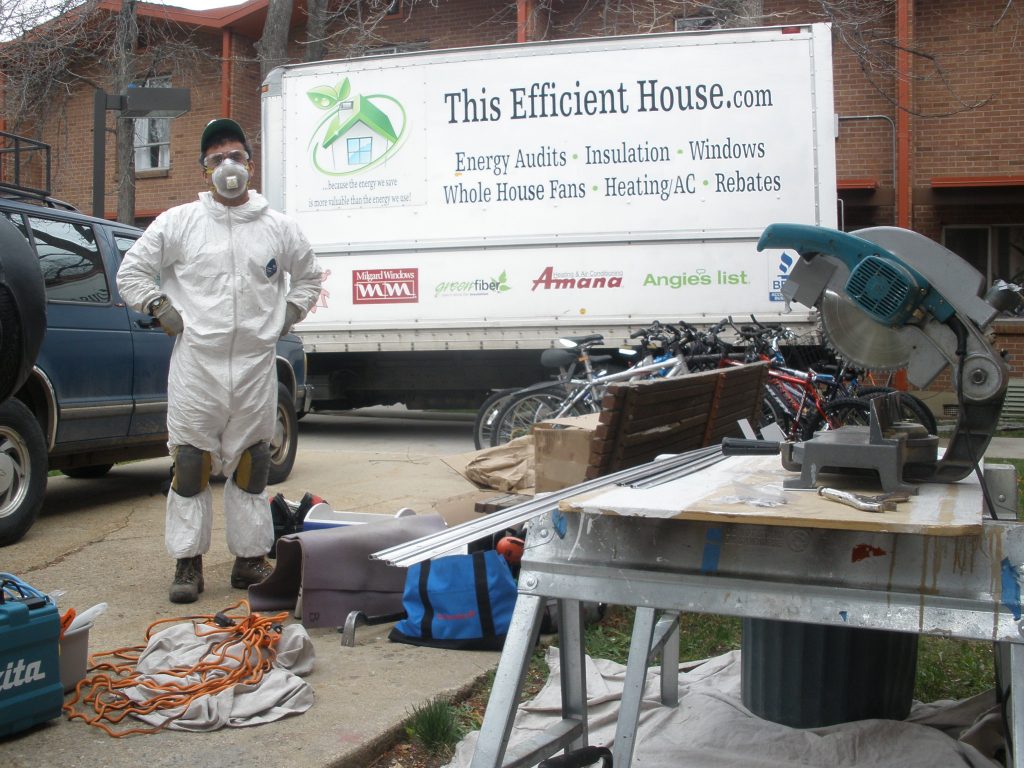
Continuity Gap: First, energy auditors need additional training to perform more comprehensive diagnostics, especially regarding HVAC systems, to correctly identify the root causes of home-performance problems. EA’s also need real-world soup-to-nuts project-management experience, collaborating & learning from the workers in the field on the very houses they themselves evaluated. EA’s need to develop face-to-face relationships with a wide pool of responsive sub-contractors, in order to get the best work at the best price on any given day.
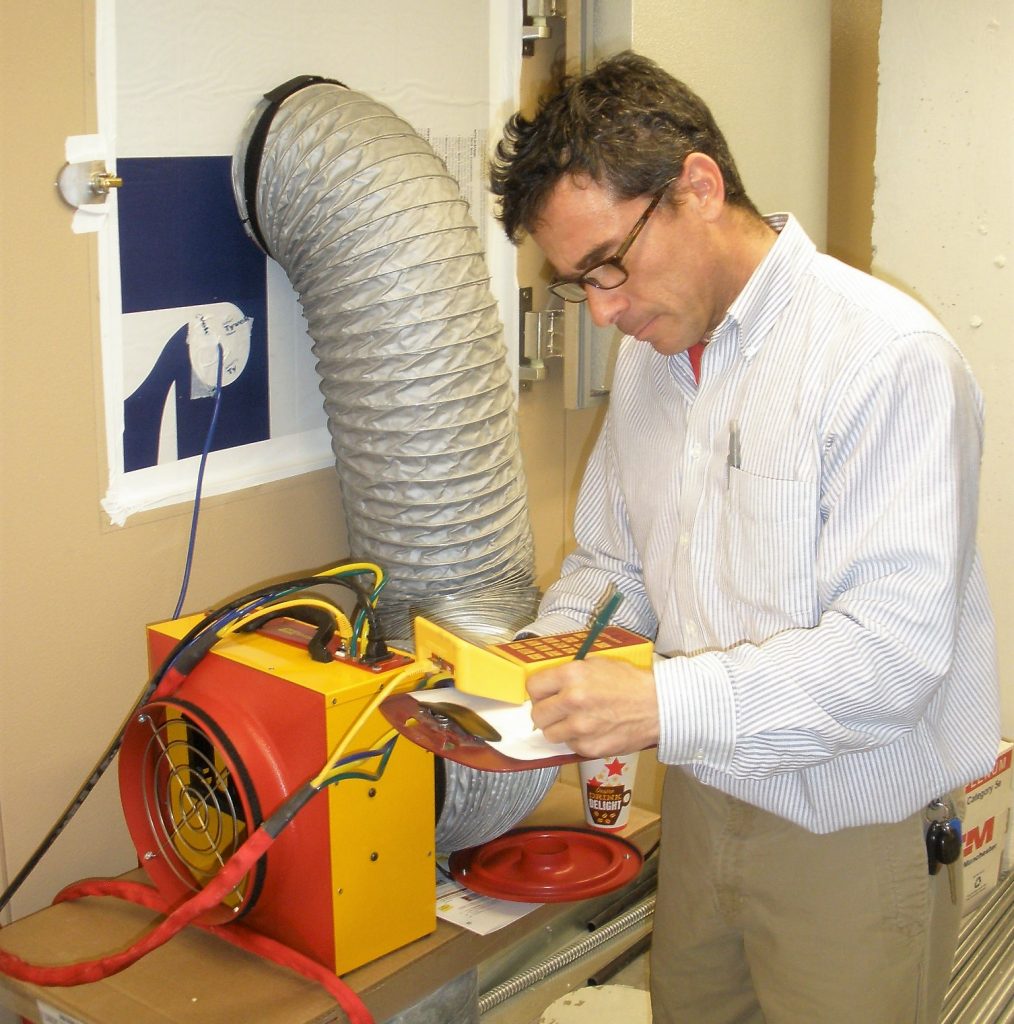
Complexity Gap: Energy auditors should be responsible for all non-trade work duties; inspections, modeling, reporting, testing, rebate paperwork & quality assurance checklists. This will enable contractors to focus solely on completing projects while reducing costs & redundancy. Contractors have been complaining about rebate paperwork & the time/costs of compliance since the inception of these programs. The typical skilled tradesmen need not be an amateur engineer, nor have to cover payroll for paperwork support staff. This significantly limits the pool of available contractors and drives up costs for all stakeholders.
Aligned Incentives Gap: Lastly, EA’s need financial incentives that are aligned with their actual performance in terms of cost-effective energy savings & outcomes such as customer satisfaction. Carbon Neutral Group has developed a highly results oriented performance metric for energy auditor compensation that ensures near perfect alignment with; homeowner priorities, DSM program goals, sub-contractor productivity & profitability, and the best-practices in building science & home performance.
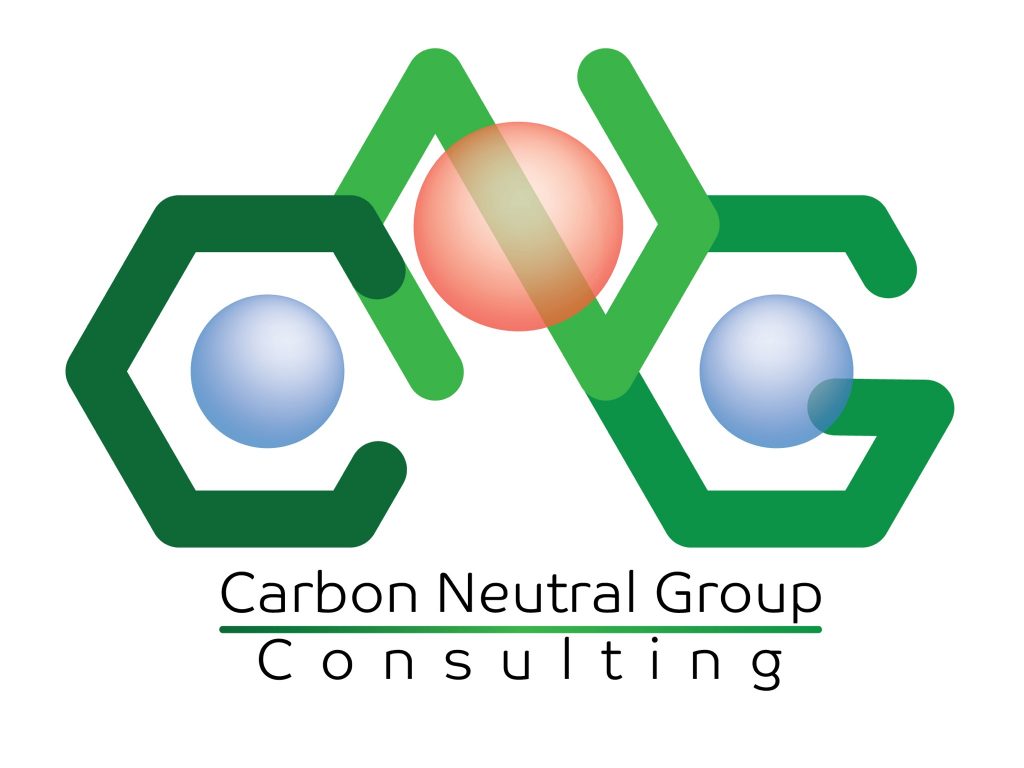
Mind the Gaps: With our experience & unique approach, we can pick the “low hanging fruit” or choose to tackle the “deep energy retrofits” with predictable positive outcomes for our partners and their customers time and again. Success stories for customers & contractors alike are the surest path to scaling cost-effective projects and reduce the ongoing need for large marketing budgets. Widespread public support for local residential energy-efficiency programs enables DSM programs to make a lasting, meaningful impact on their communities. Meet Energy Auditor Version 3.0